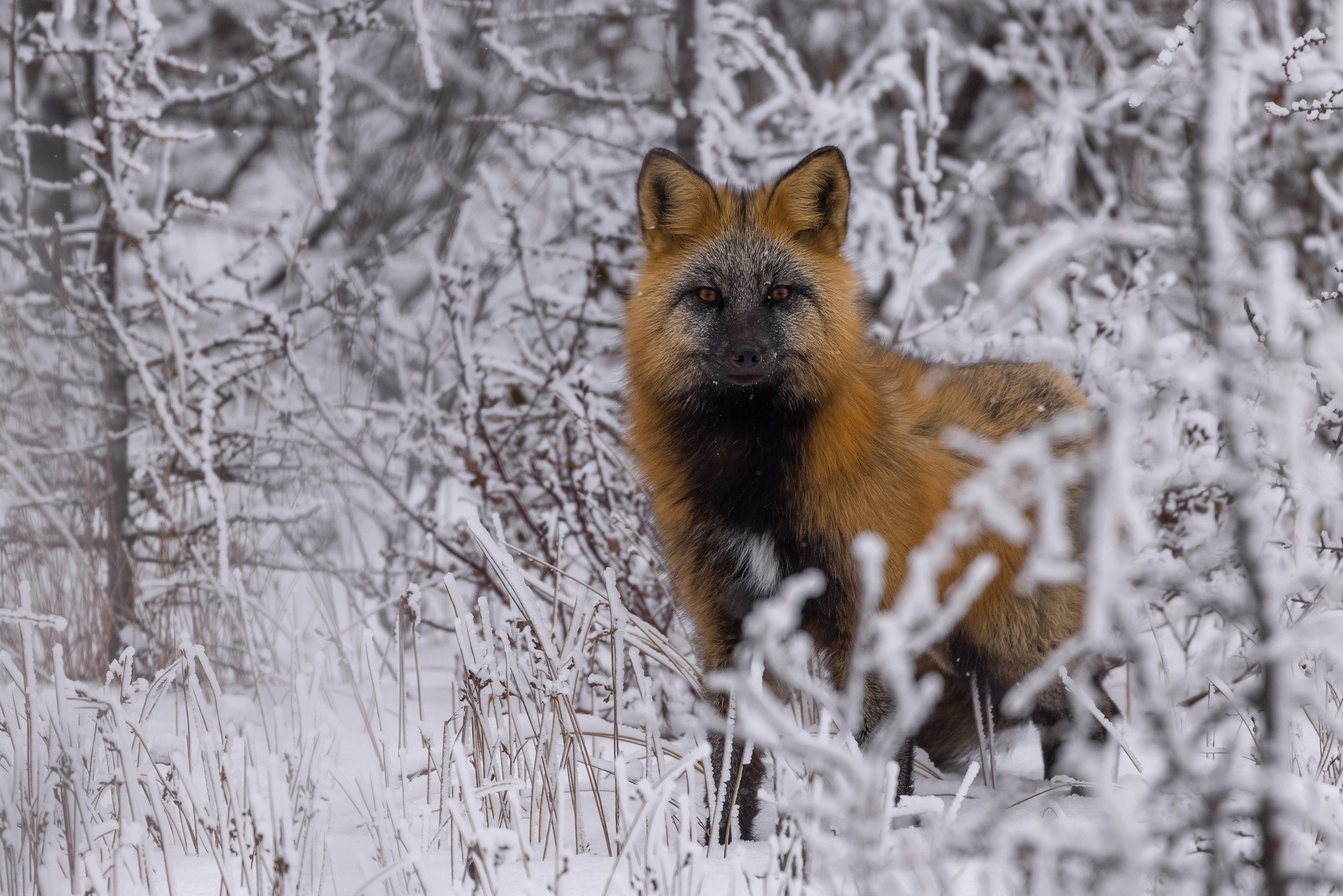Mountain Gorilla off Bwindi, Uganda.
Wildlife photography is more than just getting close.
More than just a sharp image.
More than a subject filling the frame with perfect light and perfect posture.
Don’t get me wrong, a beautiful portrait of an animal is powerful.
It can stop someone in their tracks.
It shows presence. Detail. Intimacy.
It’s an introduction to an animal, sometimes eye-to-eye, that says “Look at me. I’m real.”
Crossfox off Churchill, Canada.
But then there’s another kind of image, the one that doesn’t just show what the animal looks like…
It shows who the animal is.
That’s where behavioral photography comes in.
Sailfish hunt and feed on a swirling baitball of sardines off Magdalena Island, Mexico.
Portrait-style wildlife photography is about isolation and simplicity. You’re highlighting the animal itself, the way the light hits its face, the expression, the texture of the fur or feathers.
Red and Green Macaw, Sink hole, Bonito Brazil.
A good portrait can make you feel like you’re in the presence of the animal.
A great one can make you feel seen by it.
These are the kinds of shots that do well on covers, prints, or as iconic representations of a species.
They’re necessary.
They’re powerful.
And sometimes, they’re hard as hell to get.
But a portrait only tells part of the story.
Two brother polar bears, wrestle and play fight in the Churchill River, Canada.
Then there are the images that show you something happening, a moment unfolding.
Two animals interacting.
A mother protecting her calf.
A predator hunting.
A mobula ray breaching.
Even something small, like a yawn, a tail slap, or a subtle look between two individuals.
A lone male hippo yawns in a territorial display, defending his muddy waterhole in Uganda.
These shots draw you in differently.
You don’t just see the animal, you see a glimpse of its world.
Its instincts.
Its relationships.
Its intelligence.
Its role in the ecosystem.
You’re not just admiring the subject… You’re witnessing a story.
Jaguar catches and kills a yellow anaconda. The snake fighting for its life off the Northern Pantanal, Brazil.
Portraits connect us emotionally. Behavior shows us meaning.
But the behavior shots stick longer, because they reveal something we didn’t already know.
They educate as much as they inspire.
And they often take more time, more patience, and more understanding of wildlife to get right.
You can take a beautiful portrait in a few seconds if the animal cooperates.
But a true behavioral image? That’s earned.
Nurse shark hunting garden eels off Bimini, Bahamas. Sucking sand and water out with its powerful suction to get to the fish.
When I’m out in the field, I shoot both.
But I always find myself more fulfilled by the behavior images.
Those moments feel like I was trusted enough to witness something real.
The portrait pulls the viewer in… The behavior tells them why they should stay.
*New Blogs posted 3–4 times a week. (sometimes more.)
Follow along for fresh stories, trip updates, and raw moments from the wild.








